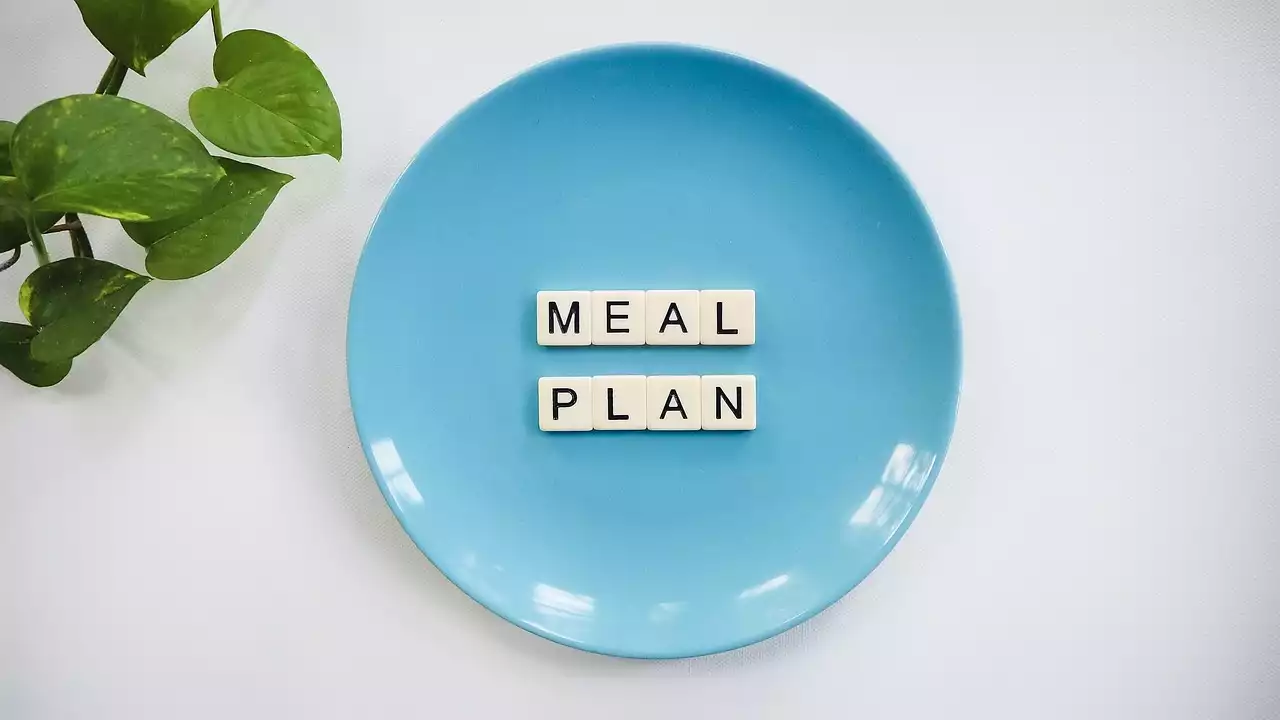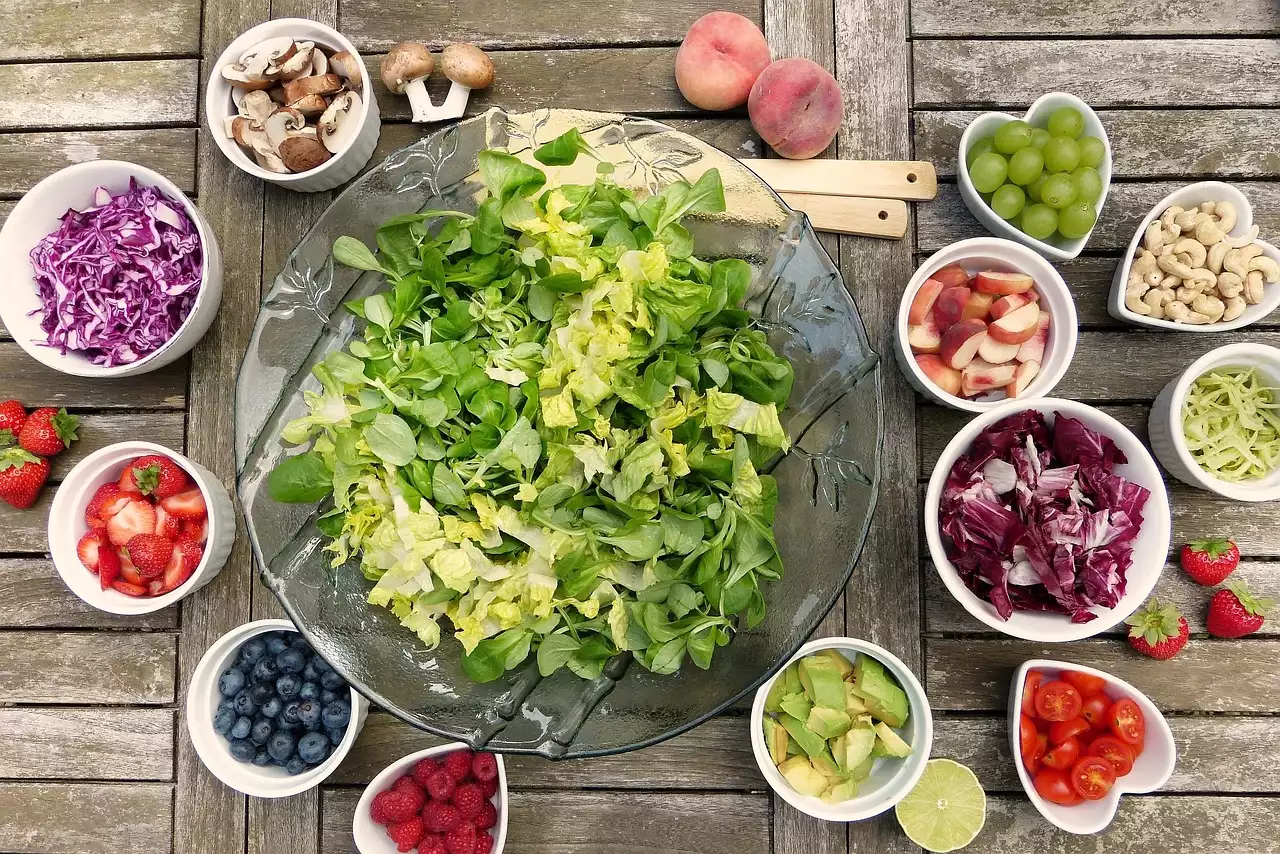Why is meal planning important?
Meal planning is the process of organizing your meals for the week or month ahead of time. This involves deciding what to eat, when to eat, and how much to eat. Meal planning is important for several reasons. First, it saves time and money. By planning your meals in advance, you can avoid last-minute trips to the grocery store or fast food restaurants. Second, it helps you maintain a healthy diet. When you plan your meals, you're more likely to make healthier choices and avoid processed foods. Finally, meal planning can help you achieve your health goals, whether you're trying to lose weight, gain muscle, or maintain a healthy lifestyle.
Understanding macronutrients and micronutrients
Before you can start creating a meal plan, it's essential to understand the difference between macronutrients and micronutrients. Macronutrients are nutrients that our bodies need in large quantities, such as carbohydrates, proteins, and fats. These nutrients provide us with energy and support our bodily functions. Micronutrients, on the other hand, are nutrients that our bodies need in smaller quantities, such as vitamins and minerals. These nutrients are essential for maintaining good health and preventing diseases.
When creating a meal plan, it's important to include a balance of macronutrients and micronutrients. This means incorporating a variety of fruits, vegetables, whole grains, lean proteins, and healthy fats into your meals. A well-balanced meal should contain at least one serving of each macronutrient and a variety of micronutrients.
Creating a balanced meal plan
Creating a balanced meal plan starts with understanding your dietary needs. This involves considering your age, gender, weight, height, activity level, and health goals. Once you have a good understanding of your dietary needs, you can start planning your meals.
When creating a meal plan, aim to include a variety of foods from each food group. This means incorporating fruits, vegetables, whole grains, lean proteins, and healthy fats into your meals. You should also aim to include a variety of colors, textures, and flavors to keep your taste buds happy.
To create a healthy and balanced meal plan, start by planning your meals for the week ahead. This involves deciding what to eat for breakfast, lunch, dinner, and snacks. When planning your meals, consider the time of day, as well as your activity level. For example, if you're planning a workout, you may want to include a pre-workout snack or post-workout meal.
How to Create a Healthy Plate
Tips for meal prepping and batch cooking
Meal prepping and batch cooking are excellent ways to save time and stay on track with your meal plan. Meal prepping involves preparing meals in advance, such as cooking a large batch of chicken or chopping vegetables for the week ahead. Batch cooking involves cooking a large batch of a particular dish and freezing it for later use.
When meal prepping or batch cooking, consider using a slow cooker or instant pot to save time. You can also use mason jars to create salads or overnight oats for breakfast. When preparing meals in advance, aim to include a variety of foods and flavors to keep your meals interesting.
Incorporating variety and seasonal produce
Incorporating variety and seasonal produce is essential for creating a diverse and nutritious meal plan. When planning your meals, consider the different fruits and vegetables that are in season. This not only ensures that you're getting the freshest produce, but it also helps you save money.
To incorporate variety into your meal plan, consider trying new recipes or experimenting with different cooking methods. For example, instead of steaming your vegetables, try roasting or grilling them for added flavor.
Meal planning for specific dietary needs - vegan, gluten-free, etc.
Creating a meal plan that meets specific dietary needs can be challenging, but it's not impossible. If you have specific dietary restrictions, such as being vegan or gluten-free, it's important to plan your meals accordingly.
When planning your meals, consider using substitutes for ingredients that you can't eat. For example, if you're vegan, you can use tofu or tempeh as a substitute for meat. If you're gluten-free, you can use quinoa or brown rice as a substitute for pasta.
Resources for recipe inspiration and meal planning tools
There are many resources available for recipe inspiration and meal planning tools. Some popular websites for recipe inspiration include Allrecipes, Epicurious, and Food Network. These websites provide a wide range of recipes that you can filter by dietary needs, cooking method, and cuisine.
There are also many meal planning tools available that can help you create a healthy and diverse meal plan. Some popular meal planning tools include Mealime, Plan to Eat, and Paprika. These tools allow you to plan your meals, create grocery lists, and even generate a shopping list based on the recipes you choose.
How to stick to your meal plan and make adjustments
Sticking to your meal plan can be challenging, but there are several things you can do to make it easier. First, make sure to plan your meals in advance and stick to your grocery list. This helps you avoid impulse purchases and ensures that you have everything you need to prepare your meals.
Second, consider meal prepping or batch cooking to save time and stay on track with your meal plan. This helps you avoid last-minute trips to the grocery store or fast food restaurants.
Finally, be flexible with your meal plan and make adjustments as needed. If you find that you're not enjoying a particular recipe or that you're not getting enough of a particular nutrient, make adjustments to your meal plan accordingly.
Meal planning for weight loss or muscle gain
If you're trying to lose weight or gain muscle, creating a meal plan can help you achieve your goals. When planning your meals, consider your calorie needs and macronutrient ratios. For weight loss, aim to create a calorie deficit by consuming fewer calories than you burn. For muscle gain, aim to consume more calories than you burn and incorporate plenty of protein and healthy fats into your diet.
It's also important to consider your activity level when planning your meals. If you're planning a workout, consider incorporating a pre-workout snack or post-workout meal to support your body's needs.










